Wolves & Monkeys
An unusual relationship has formed between Ethiopian wolves and gelada baboons.

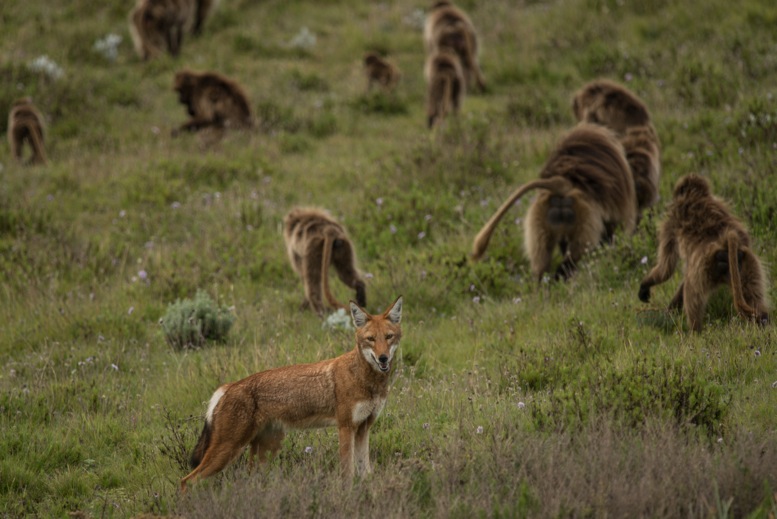
Hibernation is the key to getting an endangered frog species to breed in captivity.
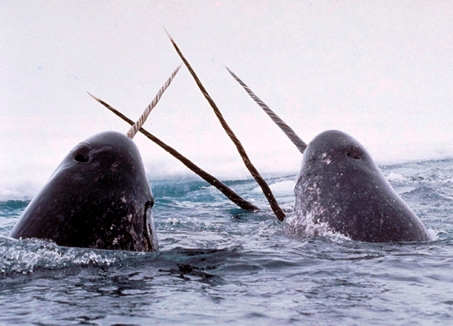
While going about their daily routines, marine animals outfitted with sensors can collect data on ocean conditions in places that would be dangerous for human oceanographers to venture.
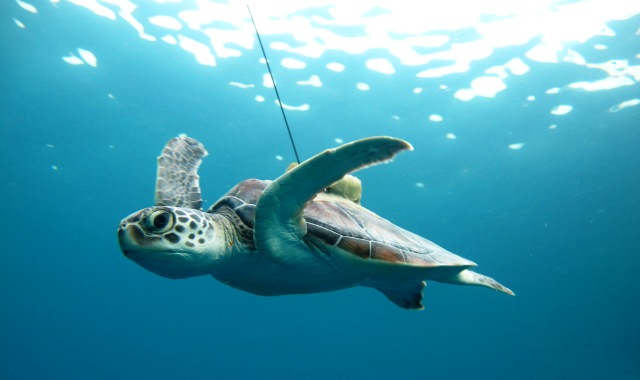
Aquatic animal tracking via satellite telemetry leads to surprising discoveries about long-distance migratory behavior.
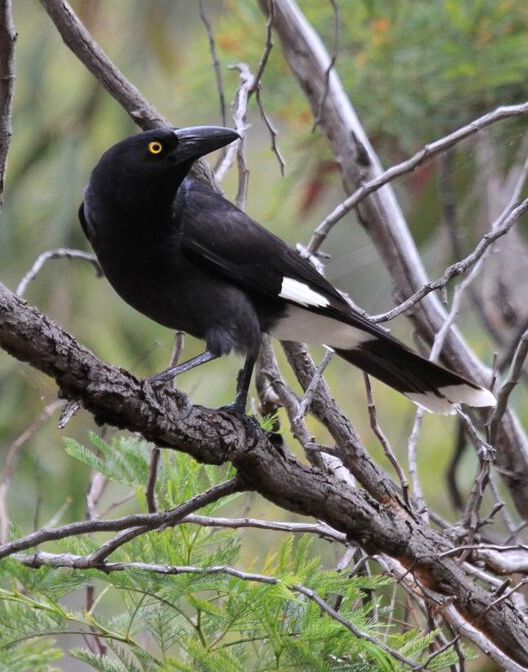

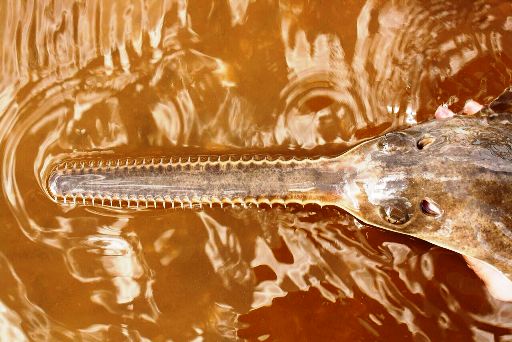
A critically endangered fish may be making up for to a lack of mates by reproducing without sex.
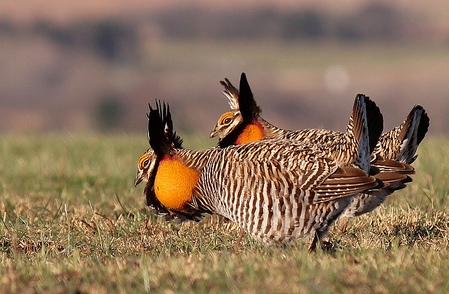
Researchers look into whether the sounds produced by wind farms disturb some imperiled birds.
Like the pioneers of the American West, the birds that are now settling the Arctic frontier in response to climate change aren’t necessarily the biggest or the strongest, but may instead be castoffs from more hospitable settled areas.
Materials scientists are studying the structure of sea shells to design stronger materials.
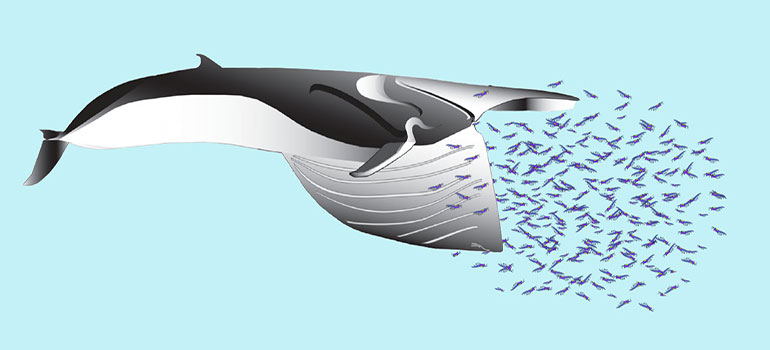
Baleen whales have rubbery nerves that allow them to stretch to twice their length when they feed.
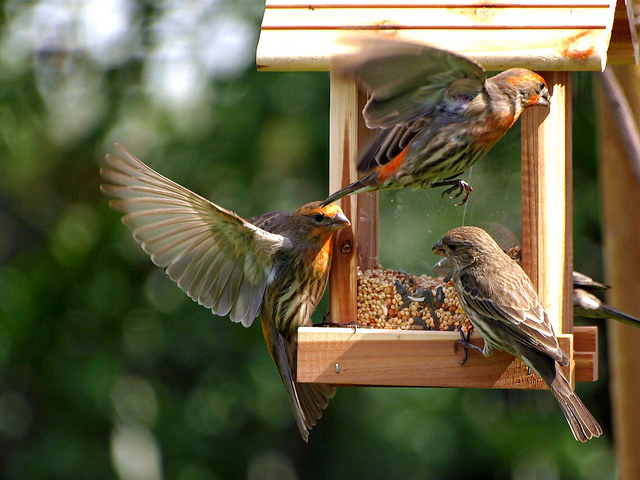
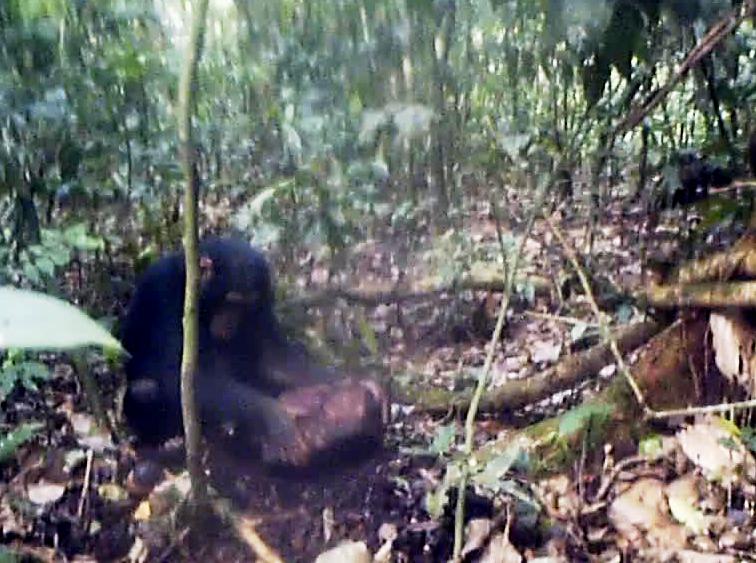
A new citizen science project needs volunteers to watch video clips of wild chimpanzees and record their behavior.
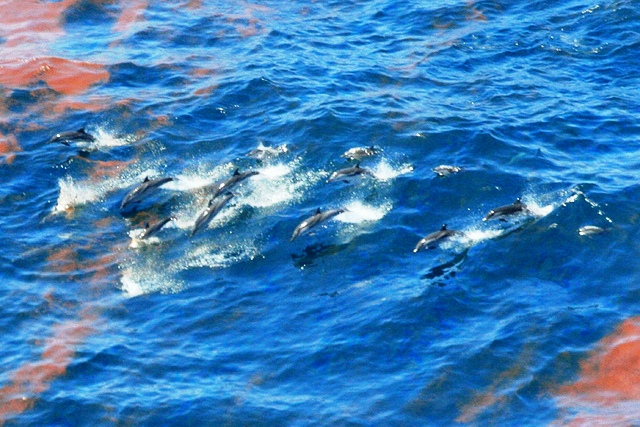
How are animals coping 5 years after the Deepwater Horizon oil spill in the Gulf of Mexico?
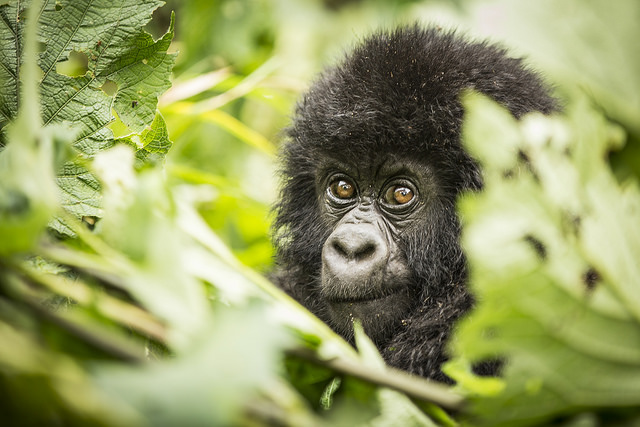
The genome of the critically endangered mountain gorilla provides clues to its genetic past as well as its prospects for future survival.
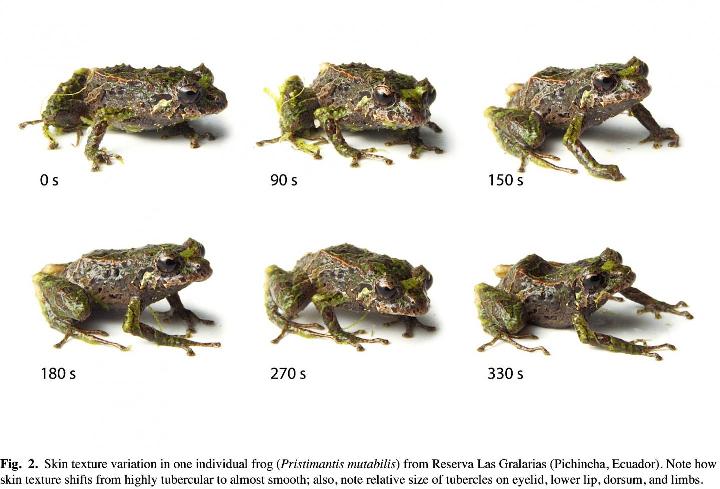
The skin of a newly discovered frog species transitions from spiny to smooth in a matter of minutes depending on its background.
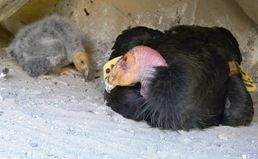
LIFE ON THE EDGE (Encore Presentation) - The challenges facing endangered California Condors when they return to the wild. Could armadillos help end blindness? How scientists can tell that sharks really are what they eat. Fuel from the sea. And, unraveling the mysteries of glowing blue slime.
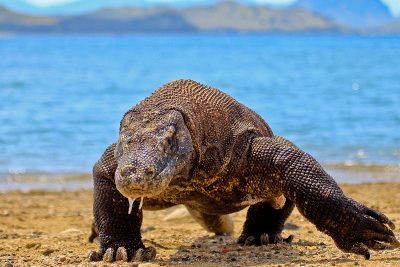
SURVIVAL (Encore Presentation) - Why female Komodo dragons die young, a whale that sounded like a person, and algae that flee their predators. Also: how the brain's insulation differs between us and chimpanzees, and why that insulation is so important to social development.
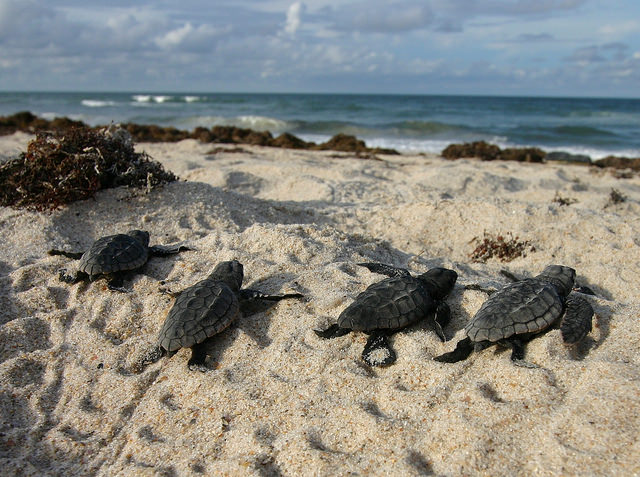
Loggerhead sea turtles use the Earth’s magnetic fields to find their way back to the beaches where they were born, many years later.
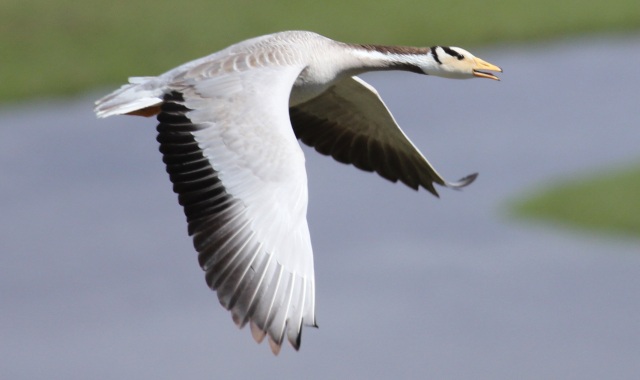
The world’s champion high-altitude migratory bird uses a unique “roller-coaster” flight strategy to save energy,
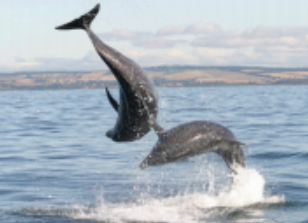
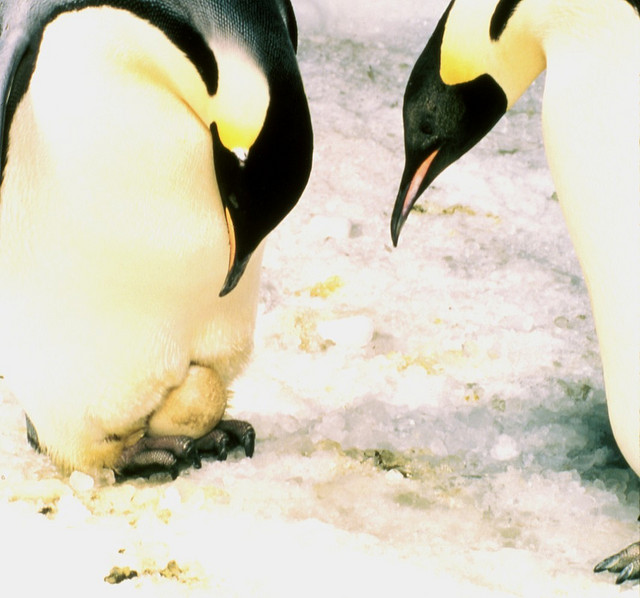
Comparing the evolutionary histories of Antarctica’s penguin species may predict how they’ll respond to climate change.
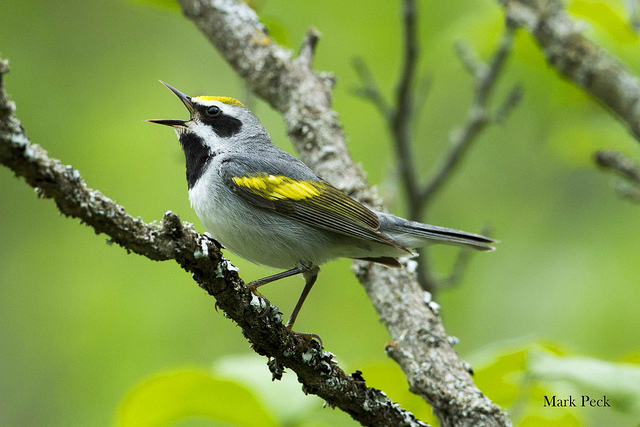
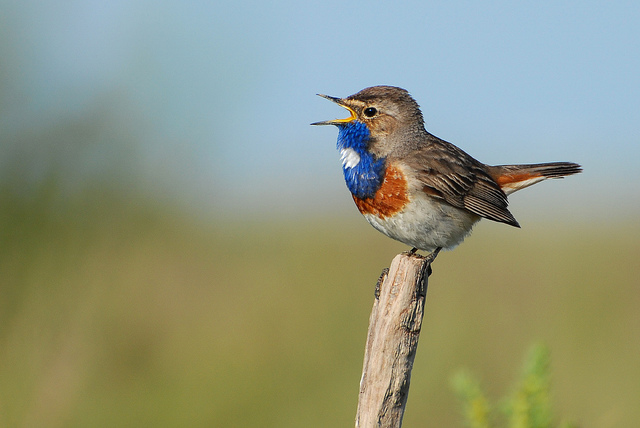
Birds and humans share remarkable similarities in the expression of genes involved in vocal communication in the brain.
